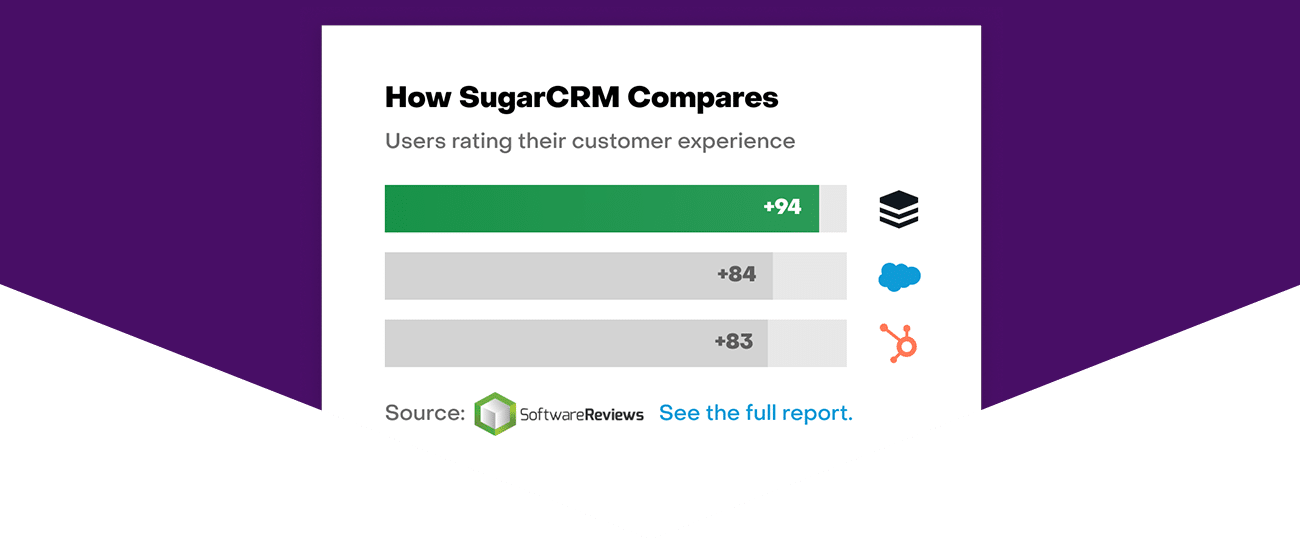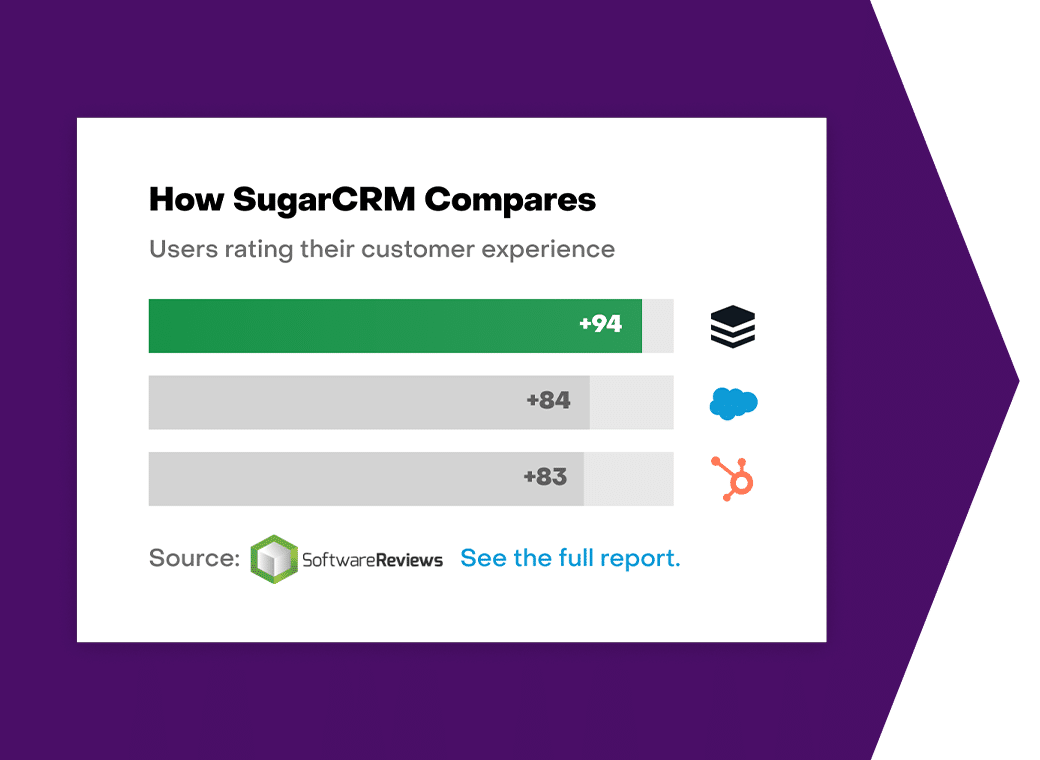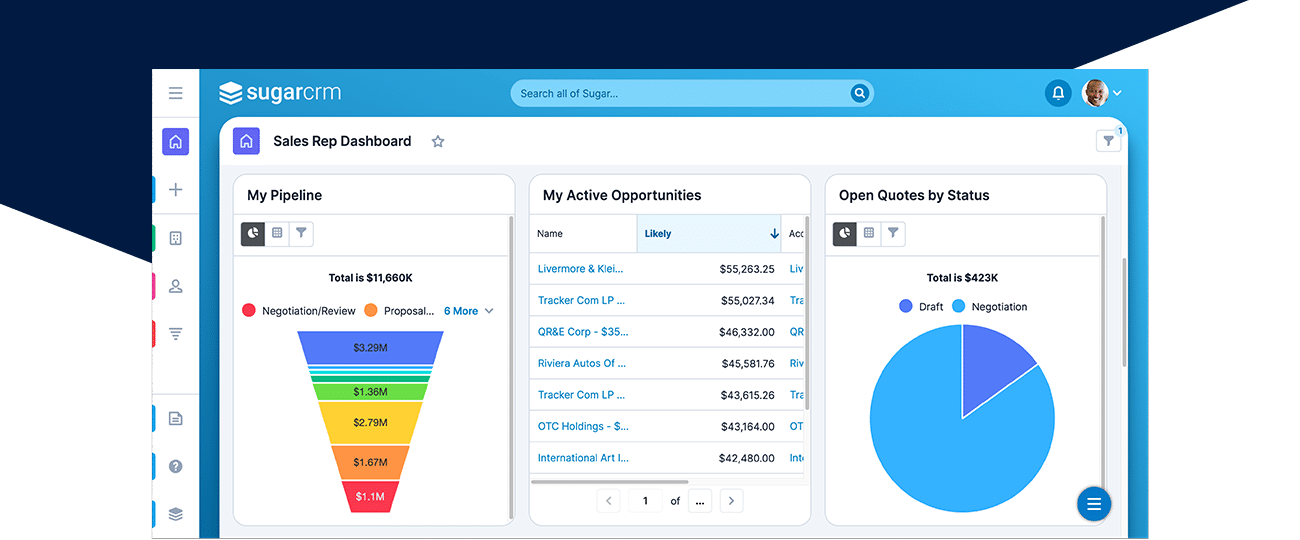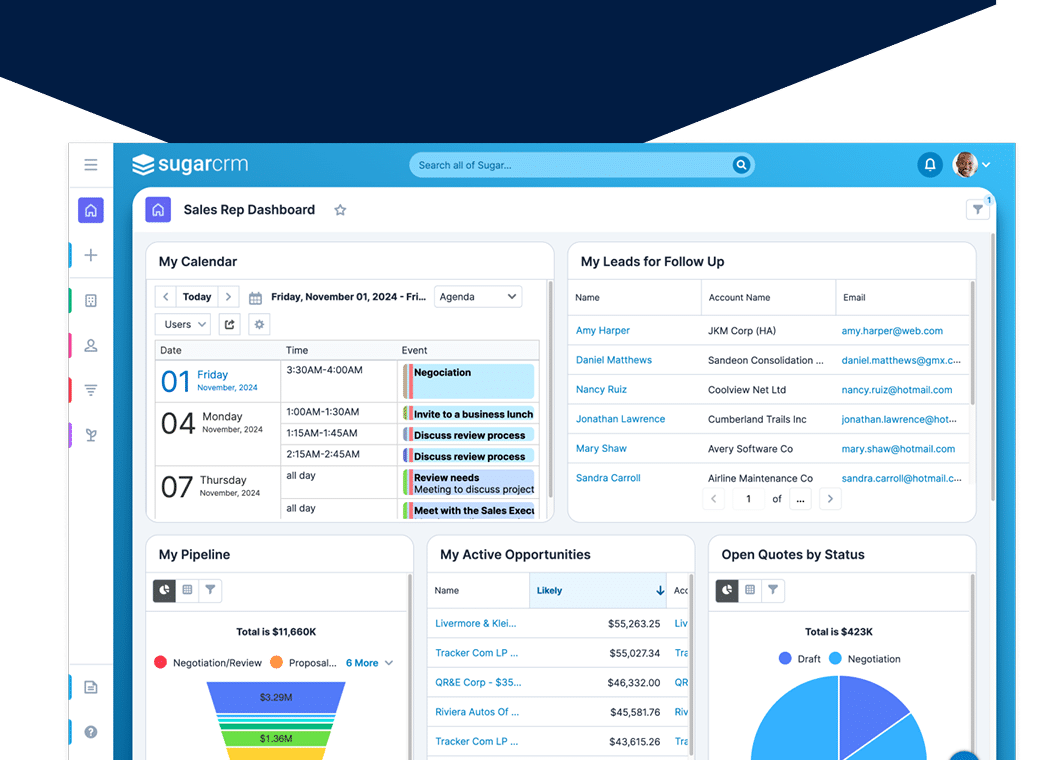Fuel Growth Podcast: Placing Customers’ Needs First in Sales
On this episode of the Fuel Growth podcast series, my co-host Clint and I got to sit down with Laci Garbs, Vice President of Commercial Operations at Rystad Energy, the biggest independent energy research and business intelligence company in Norway and world–leading analysis company for the energy sector.
Laci brings in-depth experience along with a wealth of experience in the energy industry, from sales to asset management. She now leads growth for her company by building and streamlining all commercial operations.
We were extra excited to speak with Laci this week to understand more about how a customer-centric approach to growth is paramount to sales operations for organizations looking to create a well-oiled machine when it comes to their go-to-market (GTM) teams.
What we'll Cover:
What Does it Mean to Have a Customer-Centric Approach to Sales?
Laci kicked off the podcast by defining what it really means to put your customers first, “We’re all about the mentality that your customers are doing you a favor by subscribing to your solutions, your services, buying your tools, or whatever your organization is doing. They are the people who are making sure that you’re continuing to innovate as well, based on their feedback. You’re building a product for them. So we want to say to our customers as often as possible—we want to build relationships with you, and we want to understand your pain points.” She went on to say, “We want to be able to provide them solutions that aren’t just going to help them out this next year, the next year, but ten years from now, 15 years from now. We want to make sure that we are staying up to date with what they need and providing that proactively versus retroactively.”
The purpose of your company is to add value to your clients, and you want every activity by your sales team to reinforce that purpose. Companies need to focus on every step by putting themselves in the customers’ shoes. Laci said that her team is always asking, “What’s the value that we’re adding to our client, and who’s participating within that value? And then what is the next thing that we need to deliver on? That’s how that’s how we think about it. Then, we use that to build our strategy. For example, what tools are we going to use to make sure of those things? What processes do we need to put in place to ensure that we are fulfilling all of these service agreements we’re providing to our clients?”
4 Tips From Laci On How to Align Your Organization’s Goals, People, and Processes
Tip #1: “If It’s Good for One, It Should Be Good for All.”
Laci echoed this when she said, “We make sure that we focus heavily on the team aspect of what we’re doing. We don’t sit there and mandate, ‘Hey, as an account team, you need to make sure that every single day you’re meeting together and discussing your client’s problems and making sure that you’re working together as a team.’ But based on how our culture is very team-focused—we help each other out to make sure that we’re delivering end value to the people and that we’re delivering on that and meeting our individual metrics. That’s what creates those day-to-day activities, not picking and choosing responsibilities.”
Tip #2: “Don’t Be Scared to Have a Face-to-Face Conversation.”
Laci stated, “We are really big about just getting up and walking over to someone’s desk and asking them a question. And I know in the virtual world, that’s a little more difficult to do. But that’s also one of the big issues that people had during COVID, the idea of, ‘I can’t just call someone on the team, I just can’t just hit their name and call them, I don’t want to bother them.’ But you’d be doing that if you were getting up and walking over to someone’s desk. So it’s really important to make sure that people feel really comfortable with getting up and walking around and going to chat with people and ask them questions and collaborate. Because without collaboration, you’re not going to get innovation, and without innovation, you’re not going to grow and develop, and you die.”
Tip #3: “Be Okay With Messing Up—It Means You’ve Taken a Risk.”
“One of our biggest day-to-day activities is just making sure that we’re talking about all the issues,” Laci went on to say, “If there’s a problem, we’re not embarrassed to share the problem. We’re going to discuss the problem and figure out a way out of this. And making sure that we’re not beating someone with a stick. If someone messes up, we’re going to fix it and make sure that we’re all going to learn from that as well.”
Tip #4: “If There’s an Issue, Take the Time to Figure Out the Root Cause—Don’t Stick a Band-Aid on It.”
When you identify a problem, take the time to actually figure it out. Laci said, “You need to understand the root cause analysis behind an issue that arises. So one thing that I would say as an individual who I have a very low need to defer, ‘I’m sure I can figure that out. I’ll just handle it. Don’t worry, I can take care of it. In the past, I have missed the root cause of problems and haven’t taken them very seriously. What ends up happening is that the issue immediately implodes. That has been such a big lesson for me—taking issues or problems and dedicating the time needed to really understand the very, very basic root cause of that problem. It’s about the structure behind [the problem]. If I can understand the base structure, then I can actually fix the problem and make sure that problems like that don’t happen in the future.”
Sales & Marketing Alignment: How To Put Your CRM in The Middle of Your Go-to-Market Strategy
Your sales and marketing ecosystem is crucial for the health of your organization—you can’t have one without the other. Laci started on this topic by saying, “Our marketing and communications team does a lot to generate leads for us. Whether that be through our webinars, whitepapers, or any other marketing collateral that we push out, those are huge resources for leads. This is the point in which we then involve our sales team. We might also have a business development manager or an account manager who says, ‘Hey, I want to get into this organization, but I know absolutely no one there, but I know that they can benefit from our product.’ They will understand what teams they need to reach out to, and then they’ll pass those on to the lead manager. The lead manager will then contact those individuals, meet with them, discover if they are good leads, and then warm up and convert those leads. Then the next phase would be the demo where our sales individuals would come in.”
When you think about sales and marketing, you may see two different departments, but at the end of the day, they both have the same goals: pushing leads through the sales pipeline and revenue. They are two intertwined departments.
Laci added, “A prospect comes to us, and it could just be someone who was really interested in a small snippet of a white paper. They might not really have a deep-rooted interest or even a need to subscribe to a tool to meet with our experts. But our lead manager understands those conversations, does their research, and understands who should be]the salesperson. You don’t want to send them over to sales too quickly because the last thing we also want to do is pester leads. We want to make sure that if marketing sends an email or they reach out to a salesperson, that we’re not then giving them eight phone calls every week to buy something if they don’t need to buy it.”
4 Simple Ways You Can Foster Sales and Marketing Alignment
1. Remember that Both Teams Have ROI, Not Just Sales
“Sales and marketing have an ROI, and credit should be given where credit is due. You should always give credit to the marketing team”, Laci said, “They brought in amazing leads, that became an opportunity that generated revenue for us. We make sure that those leads are also tagged to campaigns. At the end of the day, we can say, ‘Hey, because we did this event, or because we ran this webinar series, we were able to generate ‘X’ number of leads in the pipeline’. And that’s all credit to the marketing team. Both teams are heavily incentivized to make sure that we’re pushing those leads through.”
2. Incentivize the Right Actions
One of the most important things you can do when you’re thinking about how to incentivize a team is asking yourself: how can you reward the activities that helped you to reach the goal? Laci said, “If you reward the goal alone, you’re saying no matter what, just get to that goal, and you will effectively cannibalize your culture. You become a sales organization that says, ‘I don’t care what you do to reach that goal. If you think about what activities need to happen to reach those goals, and incentivize those activities, then you can develop those behaviors. It’s saying, ‘Make sure that we reach the targets, whether that be revenue, growth target, or whatever it may be, make sure we reach these targets but to do so, we need to do X, Y, and Z’ and incentive X, Y, and Z. And then you can build the team environment that you want to build while also reaching those goals.”
3. Don’t Overlook Training and Adapting Processes
It helps make sure that your team is functioning the way you want to function. And if they’re not, provide the training and resources needed to get them to where they need to be. Laci said, “When you have the resources in place, it’s a lot easier to train and pivot. If you need to adapt an activity, if you need to add one, if you need to remove one, it’s a lot easier to take away those pieces versus to crumble the whole puzzle and then rebuild it. It’s not always about just introducing the new tools or new processes—it’s about making sure that we have additional training on it or that we can have performance metrics included on it so people know how to follow along. Otherwise, we’re just wasting money, time, and effort.”
4. If Your Teams Say They Need a Specific Tool, Don’t Brush Them Under the Rug
When your teams ask you for something, listen. Laci added, “We make sure that we always have feedback protocols in place so our teams know that if they think of something that could be useful, they can send it my way—and we’ll make sure that we evaluate it as a leadership team. The last thing I want is for someone to say, ‘This tool could have really helped me, but no one paid attention to me, and I lost out on it. And now I’m less happy in my role’. Because again, my end clients are the people who are going out there and speaking to our clients, and I want to make sure that they are as happy as possible and that they feel the most efficient in their job. It’s really important to stay ahead of that and make sure what we are putting in place is effective and useful.”
Taking Sales to the Next Level: Unleashing the Power of Growth and Innovation
As we conclude this episode, Laci Garbs leaves us with a powerful reminder: by nurturing a culture of innovation, adaptability, and client-focused strategies, organizations can truly unleash the power of growth and innovation, propelling themselves to unparalleled heights of success in the competitive landscape.
Want to learn more on the subject? Listen to our full podcast conversation here for a more in-depth look into how switching to a customer-centric sales model can transform your business, build lasting relationships, and boost sales. If you want to catch up on our previous episodes, you can do so here or on your favorite podcast app.





